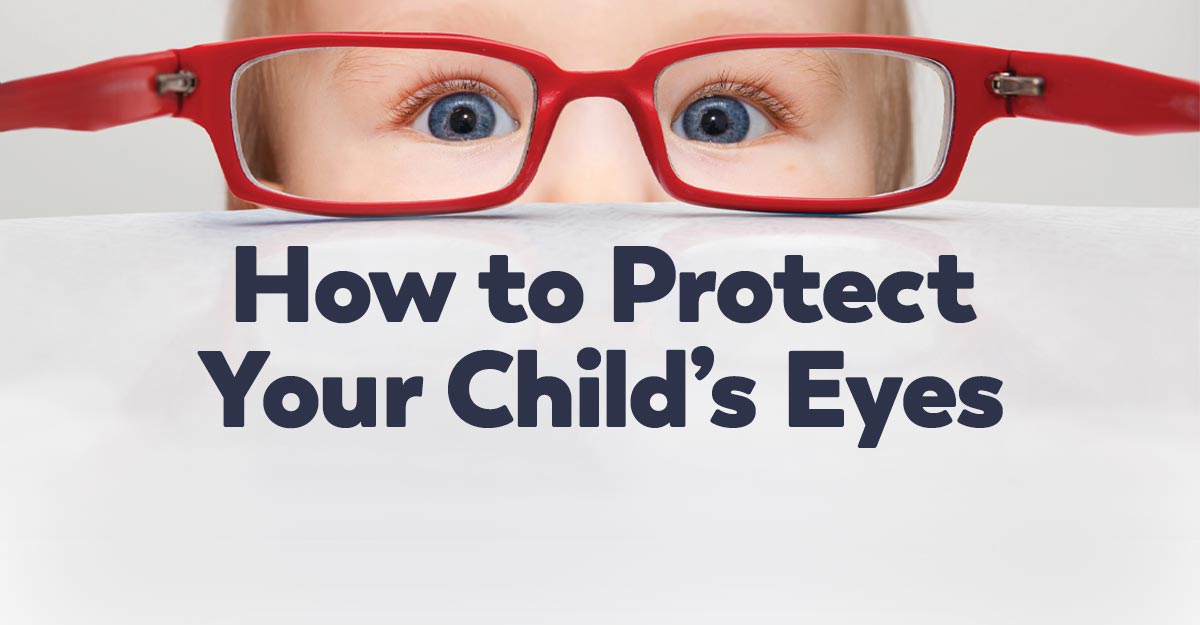
Eye Disease Definitions With Eye Health Statistics At A Glance
Cataracts
A cataract is a clouding of the lens in the eye leading to a decrease in vision. It can affect one or both eyes. Often it develops slowly. Symptoms may include faded colors, blurry vision, halos around light, trouble with bright lights. Trouble seeing at night can cause trouble with driving, reading, or even recognizing faces. Poor vision may also be a causal factor or added risk of falling as well as depression. Cataracts are the cause of half of blindness and 33% of visual impairment worldwide but the treatment options are relatively quick and have a great success rate.
Glaucoma
Glaucoma is a group of eye diseases which result in damage to the optic nerve and resulting vision loss. There are multiple types of glaucoma. Most cases of glaucoma are related to internal eye pressure, developing slowly and painlessly. Typically, side vision begins to decrease, followed by central vision resulting in tunnel vision if not caught early. Rarely, Glaucoma can have a more sudden onset involving eye pain, blurred vision, mid-dilated pupil, redness of the eye, and nausea, leading to blindness if not treated. Vision loss from glaucoma, once it has occurred, is generally permanent. However, if caught early, glaucoma can be treated to prevent damage. This is why we screen patients for early pre-symptomatic signs of glaucoma development.
Visual Impairment
Visual impairment, or low vision, can be defined as a decreased ability to see to a degree which is not totally treatable with corrective lenses like glasses or contact lenses. If a person’s best corrected visual acuity is worse than 20/40 or 20/60, they are said to be visually impaired. The term blindness is used for complete or nearly complete vision loss. Visual impairment and blindness can cause difficulties with normal daily activities such as driving, reading, socializing, and even walking. It affects millions of people; as your eye doctors, we are here to help.
Color Blindness
Color blindness is not an actual blindness; rather it refers to color vision deficiency, the inability or decreased ability to see color or perceive color differences, under normal lighting conditions. Color vision deficiency affects a significant percentage of the population. It is commonly caused by a problem with one or more sets of retinal cones, which are supposed to perceive color and transmit that information to the optic nerve. This type of color blindness is usually a sex-linked condition. The genes that produce the photopigments of the retinal cones are carried on the X chromosome; only one copy of a functional gene for photopigments is necessary for color vision. That’s why color blindness is more common in men, because they only have 1 copy of the X chromosome, so if some of these genes are missing or damaged, color blindness will be expressed.





